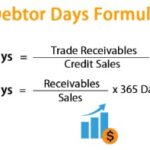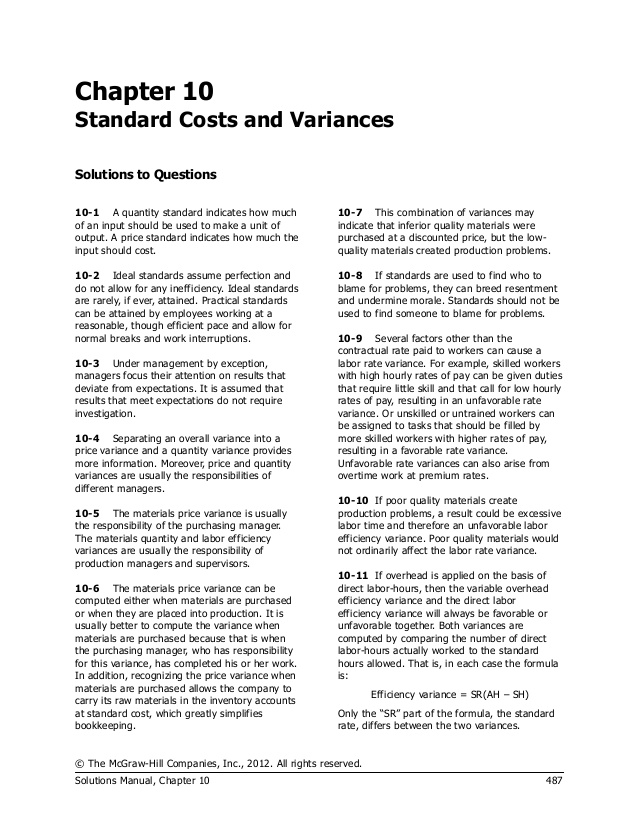
You can get a template online to use for your bank reconciliation statement, or you can use a spreadsheet. If you’re using accounting software, it may give you the option to connect your bank account so transactions are automatically downloaded and categorized. This can three column cash book format calculation and example save you some time, although it’s important to periodically check everything manually to ensure its accuracy and that there are no bank errors. Reconciling your bank statement used to involve using a checkbook ledger or a pen and paper, but modern technology—apps and accounting software—has provided easier and faster ways to get the job done.
Recording bank reconciliations
We follow strict ethical journalism practices, which includes presenting unbiased information and citing reliable, attributed resources. The articles and research support materials 13 things bookkeepers do for small businesses available on this site are educational and are not intended to be investment or tax advice. All such information is provided solely for convenience purposes only and all users thereof should be guided accordingly.
The Bankrate promise
If you use the accrual system of accounting, you might “debit” your cash account when you finish a project and the client says “the cheque is going in the mail today, I promise! Then when you do your bank reconciliation a month later, you realize that cheque never came, and the money isn’t in your books (even though your bookkeeping shows you got paid). Hopefully you never lose any sleep worrying about fraud—but reconciling bank statements is one way you can make sure it isn’t happening. When they draw money from your account to pay for a business expense, they could take more than they record on the books. Next, check to see if all of the deposits listed in your records are present on your bank statement. After adjusting the balance as per the cash book, you’ll need record all adjustments in your company’s general ledger accounts.

Bank reconciliation statements are often used to catch simple errors, duplications, and accidental discrepancies. Some mistakes could adversely affect financial reporting and tax reporting. Once you’ve figured out the reasons why your bank statement and your accounting records don’t match up, you need to record them. Regularly creating a bank reconciliation statement allows you to find errors by comparing your company ledger with your bank statement. In order to prepare a bank reconciliation statement, you’ll need to obtain both the current and the previous month’s bank statements as well as the cash book. Such information is not available to your business immediately, so you record no entry in the business’ cash book for the above items.
However, there may be a situation where the bank credits your business account only when the checks are actually realised. Discrepancies in bank reconciliations can arise from data processing errors or delays and unclear fees at the bank. Unpredictable interest income outstanding checks may also be a challenge when calculating financial statements, which can lead to challenges during a bank reconciliation.
Why You Can Trust Finance Strategists
Human error in the data entry process can sometimes lead to incorrect amounts or miscalculations on a business’s financial statements. While it cannot entirely erase the potential for data processing errors, using accounting software can reduce the likelihood of errors to help generate more accurate financial statements. By comparing the two statements, Greg sees that there are $11,500 in checks for four orders of lawnmowers purchased near the end of the month. These checks are in transit, so they haven’t yet been deposited into the company’s bank account. He also finds $500 of bank service fees that hadn’t been included in his financial statement. Doing bank reconciliations regularly helps companies control their financial transactions and easily track errors and omissions.
So, to reconcile the amounts, you simply add the additions (interest income) and subtract the subtractions (bank charges and overdraft fees) to reach the bank balance. Ideally, the balance in your books is the same as the closing bank balance. Prepare your financial records for a particular period by processing receivables and payables. Doing a bank reconciliation is fairly simple, but you need to be diligent in your efforts and avoid skipping steps to ensure the right checks and balances. Bank issues a credit memorandum when it collects a note receivable on behalf of the depositor. Find if there exists any credit memorandum issued by the bank that you have not entered in your accounting record.
- These checks are in transit, so they haven’t yet been deposited into the company’s bank account.
- All of our content is based on objective analysis, and the opinions are our own.
- Whatever method you prefer, it’s important to keep solid records of every transaction to reconcile your bank account properly.
- When you “reconcile” your bank statement or bank records, you compare it with your bookkeeping records for the same period, and pinpoint every discrepancy.
- Let’s take a look at a hypothetical company’s bank and financial statements to see how to conduct a bank reconciliation.
- Bank reconciliations are like a fail-safe for making sure your accounts receivable never get out of control.
Or there may be a delay when transferring money from one account to another. Or you could have written a NSF check (not sufficient funds) and recorded the amount normally in your books, without realizing there wasn’t insufficient balance and the check bounced. You only need to reconcile bank statements if you use the accrual method of accounting. This is to confirm that all uncleared bank transactions you recorded actually went through. There could be transactions unaccounted for in your personal financial records because of a bank adjustment. This may occur if you were subject to any fees, like a monthly maintenance fee or overdraft fee.
This can happen if you’re reconciling an account for the first time or if it wasn’t properly reconciled last month. Keeping on top of your bank reconciliation ensures that you’re always aware of your company’s financial situation. This helps you anticipate any cash flow challenges so you can respond appropriately.
The more frequently you reconcile your bank statements, the easier it is each time. The balance recorded in your books (again, the cash account) and the balance in your bank account will rarely ever be exactly the same, even if you keep meticulous books. Whatever method you prefer, it’s important to keep solid records of every transaction to reconcile your bank account properly. Ideally, you should run a reconciliation each time you receive the statement from your bank. The bank may send you a bank statement at the end of each month, each week, or, if your business has a large number of transactions, they may even send one at the end of each day. There are times when the bank may charge a fee for maintaining your account, which will typically be deducted automatically from your account.
